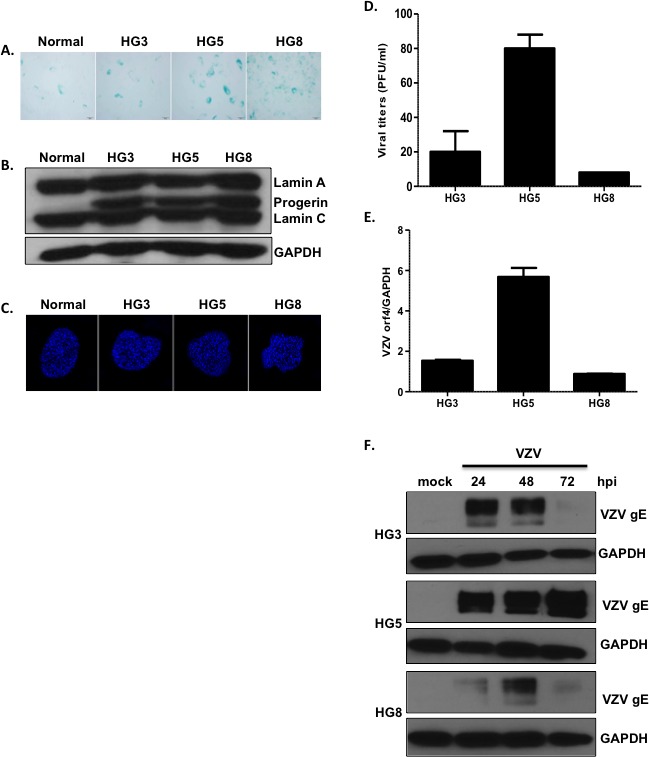Figure 1. Age-associated changes in viral replication efficiency in HGPS fibroblasts.

(A) The extent of senescence-associated β-galactosidase (SA-β-Gal) staining increased with increasing age of progeria cells (HGPS cells isolated from 3- (HG3), 5- (HG5), and 8- (HG8) year-old patients). (B) Western blotting analysis of progerin and lamin A/C in progeria cells. Glyceraldehyde 3-phosphate dehydrogenase (GAPDH) was used as a loading control. (C) Progeria cell nuclei were stained with 4,6-diamidino-2-phenylindole (DAPI) and examined by confocal microscopy. Images shown are representative of results from three independent experiments. (D) Plaque assays were used to determine VZV titers in progeria cells. Results are presented as plaque-forming units (PFU)/mL and are the mean ± SD from three independent experiments. (E) We used quantitative reverse transcription polymerase chain reaction (qPCR) assays to measure the mRNA levels of VZV open reading frame 4 (ORF4; immediate early gene). Transcript expression levels were calculated in relation to the expression level of GAPDH mRNAs. VZV-infected HG8 cells were arbitrarily set to 1. We performed qPCR assays in duplicate, with the mean ± SD from all experiments shown. (F) Cells were infected with mock or VZV at a multiplicity of infection (MOI) of 0.001 for 24, 48, or 72 h, (hpi; hours post infection) and the level of VZV glycoprotein E (gE) protein present was determined by western blotting.
